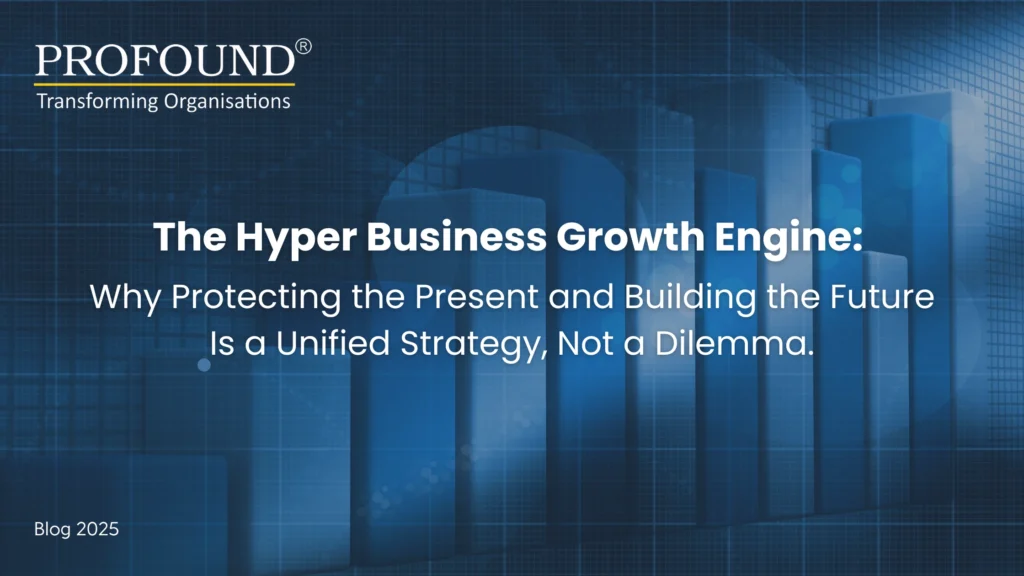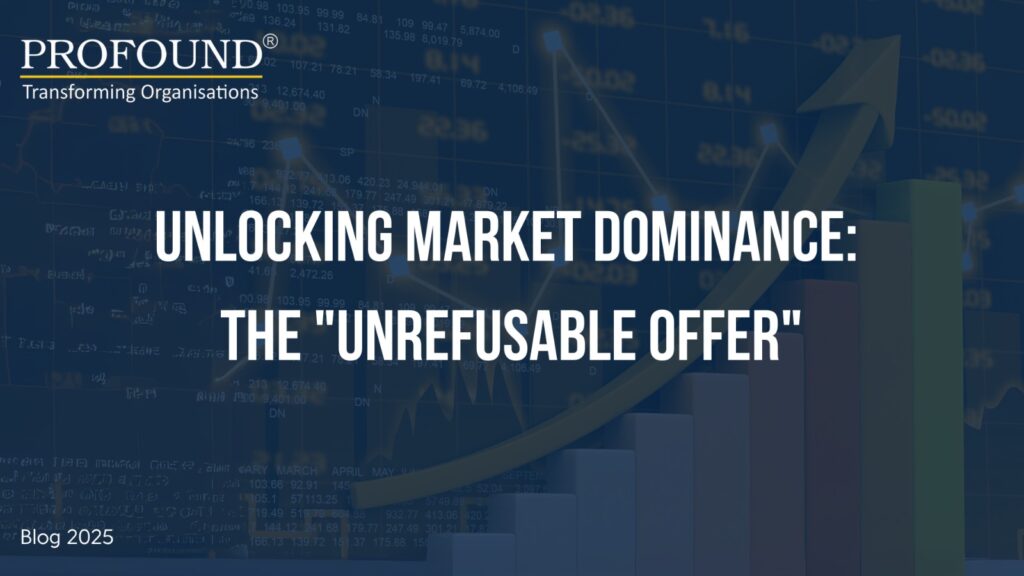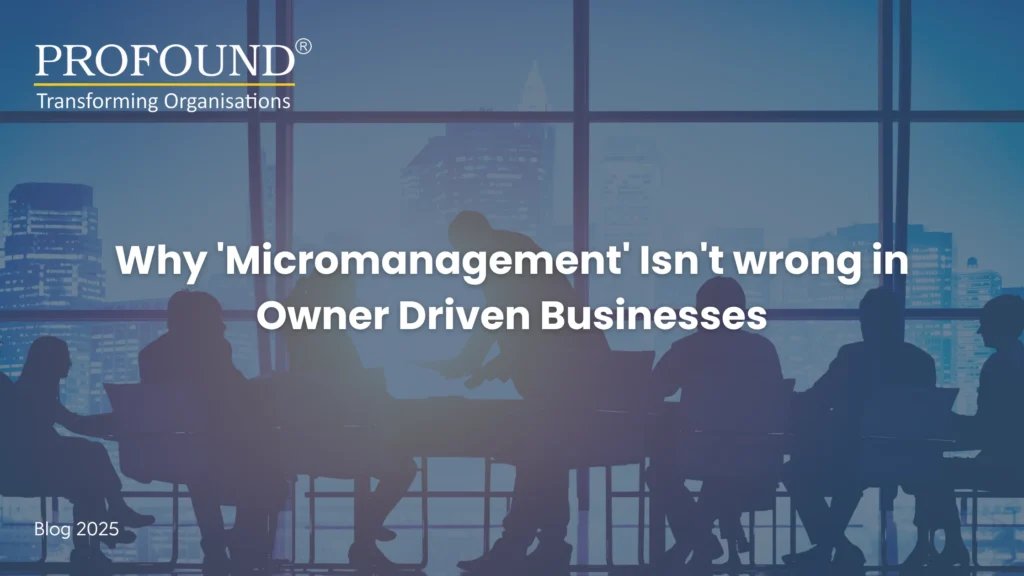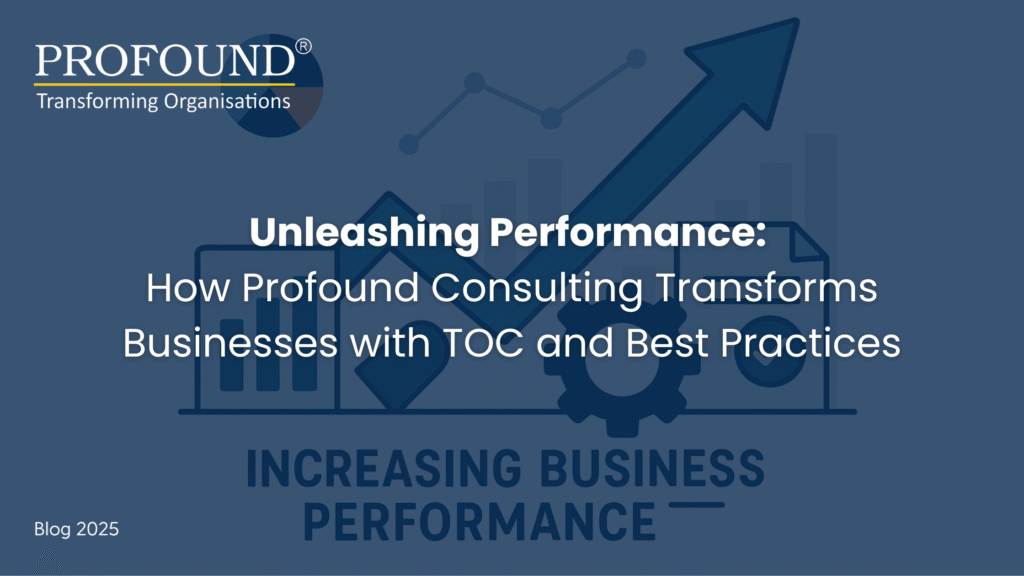
In my years as a business leader and subsequently as a consultant, I’ve guided diverse businesses through the journey of achieving unprecedented growth. The standard playbook is logical, powerful, and safe: Identify your bottleneck, ensure you get the maximum performance out of it (exploitation), subordinate everything to it, and only then, when you’ve squeezed every drop of performance from your current system, do you elevate it with a significant investment.
It’s a wise path. It prevents premature spending and ensures you’re building on a stable foundation. For steady, sustainable growth, it’s nearly perfect – especially when you’re learning how to grow a business without risking stability.
But what about the business owners who don’t just want steady growth? What about those who want massive growth? The ones who need to multiply their output, capture a fleeting market opportunity, solve a chronic problem or achieve breakaway speed from their competitors?
For them, the sequential, one-step-at-a-time model is sometimes too slow. In today’s fast-paced world, while you are diligently exploiting your constraint for an incremental gain, a competitor could be launching a new product, service or technology removing significant limitation of the market, that makes your entire process nearly obsolete.
My belief and what I have practised and recommend is this: To achieve exponential growth, you must break a fundamental rule of the standard playbook. You must learn to run exploitation and elevation in parallel – a key shift for any future-ready business growth strategy.
The Standard Model vs. The Hyper-Growth Engine
Think of it like this:
The Standard Sequential Model is how a traditional automaker might have approached the EV transition in the early 2000s. Their entire engineering force is dedicated to perfecting the internal combustion engine (ICE). They create task forces to improve fuel efficiency by 2%, engineer new direct-injection systems, and refine their 8-speed transmissions. This is their cash cow, and they exploit it for maximum performance and profit. Only when a disruptive competitor (like XYZ) starts gaining significant market share and regulatory deadlines loom do they pull a team of engineers off the gasoline engine project to begin hastily designing their first “compliance” electric car, often by retrofitting an existing gasoline car chassis. They are reacting to the market, not leading it.
The Parallel Hyper-Growth Engine, however, is how a visionary automaker attacks this same challenge to dominate the future. It operates two world-class engineering divisions simultaneously.
One division, the “Legacy Powertrain Group,” has the mission to exploit the current ICE technology. Their job is to keep the highly profitable truck, buses and SUV lines competitive, meeting near-term emissions standards and maximizing cash flow. They are the engine that funds the company today.
At the same time, a completely separate, funded, and empowered division, the ” The EV Platform Team,” operates with a single mandate: design the world’s best, ground-up electric vehicle architecture. They aren’t burdened with making the ICE engine better. Their job is to create the company’s future—the dedicated “skateboard” chassis, battery technology, and software ecosystem that will underpin every vehicle the company builds a decade from now.
The Legacy Group’s job is Exploitation. The Strategy Team’s job is Elevation. By running these two efforts in parallel, the automaker uses the massive profits from its current technology to fund a revolutionary leap, ensuring it not only survives the transition to electric but leads it, without ever taking its eye off its current business. This is balancing short-term profits with long-term growth in action.
Track 1: The Exploitation & Subordination Machine (“The Now Engine”)
This is your operational front line. This team’s mandate is ruthless, immediate optimization of the current constraint.
- Their Goal: Maximize throughput and cash flow today using existing resources. They are protectors of the bottom line and funders of the future.
- Their Tools: Advanced Engineering Designs, TRIZ, TOC, Lean principles, Six Sigma, DFM, rapid A/B testing and other best practices
- Their Mindset: “How can we get one more unit through the bottleneck before lunch? How can we reduce setup time by 30 seconds? How can we ensure the constraint is never, ever starved for work?”
This team is living and breathing unleashing the constraint and working in synergy. Their relentless incremental improvements strengthen the business, generate the capital needed for bigger bets, and keep the company highly competitive in the present.
Track 2: The Elevation Project (“The Next Engine”)
This is your strategic special-ops team. This team is insulated from the daily fires of the business. Their mandate is to design and implement the breakthrough that will make the current constraint irrelevant.
- Their Goal: Execute the high-stakes project that will break the current performance ceiling. This is where you elevate
- Their Tools: Strategic planning, project management, capital budgeting, R&D, market analysis and M&A
- Their Mindset: “If we had no limitations, what would our process look like? What technology do we need to remove the significant limitation of the market: Should we buy or build to multiply our capacity to capture significant market share to be market leaders? How do we launch this new line in six months?”
This team is building the company’s future. They are working on the new factory, the next-generation software platform, or the major marketing campaign that will redefine your market position. A classic example of strategic business transformation at work.
Making Parallel Processing a Reality
Running these two engines simultaneously isn’t easy. It requires deliberate leadership and structure. The one that makes any dilemma redundant.
- A Unifying Vision from Leadership: The Promoters, Directors, MD, CEO must champion this dual-track approach. You must clearly communicate to the organisation that we are both optimizing the present and building the future, and that both are equally critical. Without this, the “tyranny of the urgent” from the Now Engine will always cannibalize resources from the Next Engine. This mindset shift is key to any serious business continuity planning initiative.
- Dedicated, Protected Resources: The Elevation team cannot be the same people who are putting out daily fires. They need protected time, a separate budget, and a clear project charter. Their performance is measured not by daily output, but by project outcomes.
- Create a Virtuous Funding Cycle: The successes of the Exploitation team directly fund and de-risk the Elevation project. When the “Now Engine” improves performance significantly, celebrate it by announcing that this frees up the capital to accelerate the “Next Engine’s” timeline. This connects everyone to the larger mission.
- Establish a Tight Information Loop: The two teams must not operate in silos. The Elevation team needs to hear the real-world frustrations and data from the Exploitation team to ensure they are solving the right problem. The Exploitation team needs to see the progress of the Elevation team to stay motivated and understand the bigger picture they are working towards.
Conclusion: Stop Choosing, Start Integrating
The choice between small, incremental growth and a big, strategic leap is neither a puzzle nor a dilemma. Do not create stories around it and create complexity. They are necessary conditions. Waiting to elevate your constraint until after you have perfectly exploited it is a luxury most ambitious businesses cannot afford.
Massive growth belongs to the organisations that can master the art of parallel processing. They build a powerful “Now Engine” driven by exploitation to maximize current performance and fund the journey. Simultaneously, they build a visionary “Next Engine” driven by elevation to create their future.
It’s time to build both engines. Run them in parallel. And prepare for hyper-growth.
If you’re ready to design a future-ready business growth strategy while protecting operational continuity, Profound Consulting can help you integrate both tracks with precision and clarity.
How can I grow my business without risking stability?
To grow a business without risking stability, focus on strategic business transformation that aligns with both short-term goals and long-term resilience. This involves strong business continuity planning, agile operations, and customer-centric decision-making that supports scalable, sustainable growth.
What is a future-ready business growth strategy?
A future-ready business growth strategy prepares your company to adapt to changing markets while maintaining operational stability. It includes investing in innovation, building resilient systems, and balancing short-term profits with long-term growth to ensure continued relevance and competitiveness.
Why is balancing short-term profits with long-term growth important?
Balancing short-term profits with long-term growth helps ensure immediate financial health while securing your company’s future. This dual focus enables you to respond to market needs today without compromising on strategic investments that drive sustainable business growth.



